Wearable Solar Clothing That Charges your Smartphone
by: design milk, 2014-01-15 17:00:05 UTC

Wearable Solar, designed by Pauline van Dongen, is literally what it sounds like – solar energy that you can wear. “The Sun is the biggest source of energy on earth and now that fossil fuels are depleting, it’s time we come up with a sustainable alternative,” she says. Thus, the Wearable Solar project.
The Wearable Solar project consists of a coat and a dress that places solar cells close to your body, capturing solar light to convert into electricity. The parts of the clothing with solar cells can also be revealed or worn invisibly, depending on whether or not the sun is shining.

When worn in full sunshine for an hour, each item of clothing can store enough energy to charge a smartphone to 50%. The dress has 72 flexible solar cells, while the coat has 48 rigid solar cells. The Wearable Solar team consists of Pauline van Dongen, Christiaan Holland (Project leader Gelderland Valoriseert from the HAN) and Gert Jan Jongerden (Solar-energy expert).
Photography: Mike Nicolaassen
Make-up: Angelique Stapelbroek
Model: Julia J. at Fresh Model Management






 Stringa Lamp by Sebastiano Tonelli
Stringa Lamp by Sebastiano Tonelli
by: design milk, 2014-01-16 17:00:03 UTC

Stringa is a simple yet warm lamp by Sebastiano Tonelli. Tonelli created the lamp from a thin layer of birch wood, keeping waste to a minimum. Easily assembled, it has clean lines and transforms what was once a two-dimensional sheet into a three-dimensional one.

Stringa consists of a play between folds, a node, and one simple string. To adjust the intensity of the light, all you need to do is loosen or tighten the knot in the back.









 Best electric cars launched in 2013
Best electric cars launched in 2013
by: Ecofriend, 2014-01-19 05:41:08 UTC
With the focus shifting towards sustainable forms of energies and devices that use them, more and more people are opting for electric cars with both high tech appeal and environmental sustainability features. And with decreasing prices of these cars, it won’t be surprising to note more than a few of these electric cars hitting the roads pretty soon. If you want to join the race, then here are some 2013 models you might want to look at.
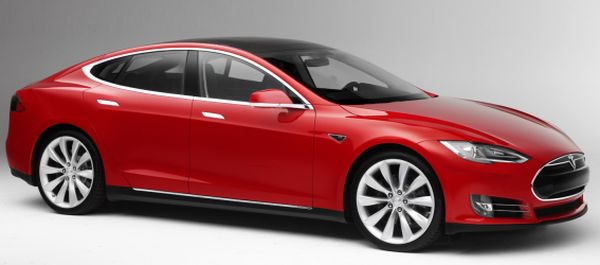
Tesla Model S
Priced at $62,400, the Tesla Model S was released in June 2013, and offers a mileage of 300 miles, with an average speed of 55mph. The car looks and feels extremely luxurious, and looks like an Aston Martin cum Maserati from the inside in terms of function, form and economy. The top speed offered by the model is 125mph while it can accelerate to 60mph in about 5.5 seconds.
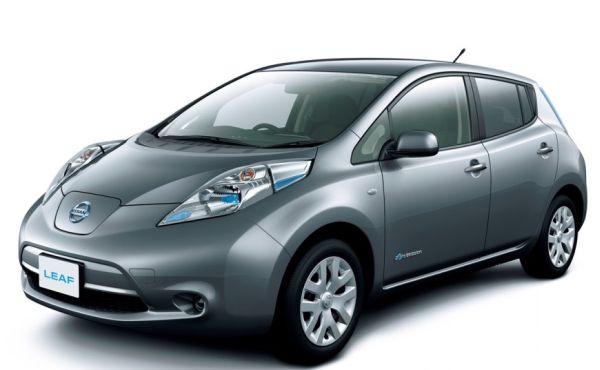
2013 Nissan Leaf
Priced at $21,300, the Nissan Leaf was also released in June 2013, and offers a mileage of 75 miles. The car’s onboard 6.6-kilowatt charger is one of the main highlights of the model as it cuts down the charging time by nearly half. The 2013 model also has a bigger cargo space than its predecessors, and has a keyless entry option. The model truly speaks up to its name LEAF that stands for Leading, Environmentally Friendly, Affordable and Family.
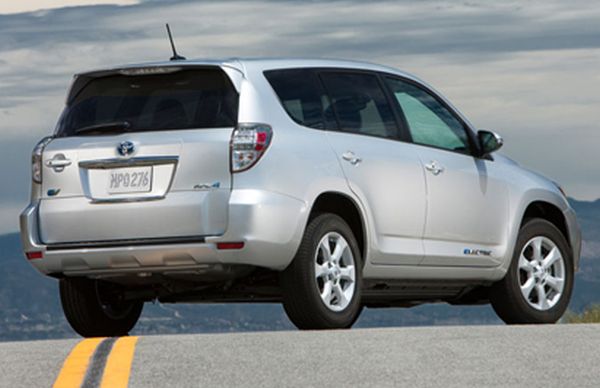
2013 Rav4EV
Priced at $49,800, the 2013 Rav4EV offers a mileage of 103 miles in city or 76 miles on highway, and is sure shot winner for those who love SUVs. Designed to operate smoothly, the Rav4EV looks like a Tesla on road. Designed and developed by Toyota, the car is probably the best option for families, which cannot fit into smaller cars.
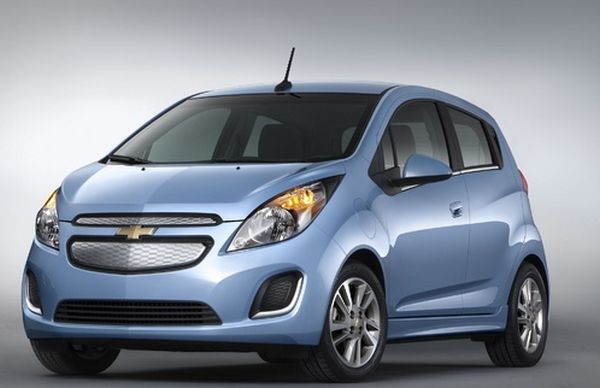
2014 Chevrolet Spark EV
Priced at $19,185, the 2014 Chevrolet Spark EV started its registrations in 2013. Offering a mileage of 82 miles, the model happens to be the company’s first attempt at developing a fully functional electric car. The car is currently available only in Oregon and California, with expansions set to take place in Europe and Canada later this year.
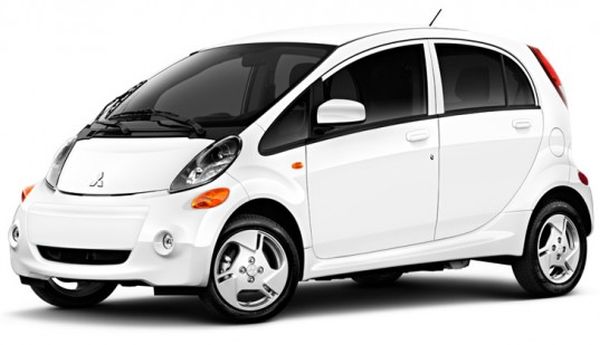
2012 Mitsubishi i-MiEV
Priced at $21,625, the 2012 Mitsubishi i-MiEV started its registrations in June 2013, and offers a mileage of 62 miles. The four-seater electric car can be described as one of the best options for urban city driving. It has a top speed of 80mph that also makes it good for highways. However, the car’s mileage and weird name (coined by combining Mitsibishi and EV) have found some critics.
Summary
We saw a number of electric vehicles hitting the road in 2013. If you are looking to make your commutation clean and green, here are some of the latest electric vehicles options you would need to look at. Go through their features carefully before making your decision.
Best electric cars launched in 2013
University of Michigan Reports That Cars are the Most Inefficient Form of Transportation
by: Inhabitat , 2014-01-15 13:00:38 UTC

You’d be mistaken for thinking that due to their size and power, commercial jets would be inefficient when it comes to fuel consumption. However, according to a new report from the University of Michigan, planes are among the most efficient forms of transportation. In fact, according to the report, the fuel economy of standard road vehicles must improve 57% in order to match the current energy efficiency of commercial airline flights.


Read the rest of University of Michigan Reports That Cars are the Most Inefficient Form of Transportation
Permalink | Add to del.icio.us | digg
Post tags: air travel, BTU, car travel, fuel efficiency, transport fuel efficiency, university of michigan





 Ultra-thin tool heating for injection molding
Ultra-thin tool heating for injection molding
by: Fraunhofer Research News, 2014-01-02 08:30:00 UTC
In future, thin-film heating will allow plastic parts to be produced with greatly improved surface quality. Researchers have also found a way to make the whole process more energy efficient.
In This "Anti-Cafe" In London, You Pay For Your Time, Not Your Tea
by: Co.Exist, 2014-01-13 14:43:00 UTC
At this unique coffee shop everything is free except for the minutes you stay. No more glances from patrons wondering how long you'll be there with your laptop.
The coffee's free at a new cafe in London, and so is the food. You can even bring your own fruit and make a smoothie using the cafe's blender. Instead of paying for any amenities, you just pay for being there: 3 pence a minute. Though it sounds like it might eventually add up, there's a maximum charge of £9 a day. It's quite a bit cheaper than nearby co-working spaces.
Read Full Story






 EU citizens force water debate onto agenda
EU citizens force water debate onto agenda
by: Euractive, 2014-01-14 07:43:37 UTC
Water and who should provide it - the public or private sector - has become the first issue to be pushed onto Brussels' policy agenda via a new mechanism meant to involve ordinary people in EU decision-making.
The EU Citizens' Initiative was introduced in 2012 following changes to the EU treaty that were designed to bring law-making closer to the EU's 500 million people.
It gives citizens the right to make policy proposals on any issue as long as they have secured 1 million signatures spread across at least seven of the EU's 28 member states - although it does not guarantee lawmakers will pass legislation.
Late in December, organisers of the Right2Water initiative formally submitted their proposal after exceeding the threshold.
They say the human right to water should be enshrined in EU law and that public, not private companies should be responsible for providing water services.
A public hearing on the proposal, expected in February in the European Parliament, could be heated as some member states, such as Portugal, are aiming to sell off state water companies to pay off debt, while others already have private ownership.
The Commission, the EU's executive, said it was too early to say what the outcome of the citizens' initiative will be.
"It's rare that we have something this new," Olga Kurpisz, a policy officer at the Commission, said. "This is a very new instrument. It's an historic experience, which is taking place in the EU. It's difficult. The outcome is unknown."
Under the rules, the Commission has three months to analyse the proposal. It can either agree to it in principle, say it needs more time to consider it, or reject it. If it does that, it has to give reasons, which can be legal or political.
Those who organised the initiative are adamant that water, as "a common good", should be in public hands.
"It's hugely threatened by multinationals. Multinationals are there to make profit and reimburse shareholders, rather than to satisfy citizen's needs," said Anne-Marie Perret, president of the Right2Water Citizens' Committee.
Representatives of the private-sector water industry say recognition of the human right to water in EU law would be helpful, but argue privatisation is often the most cost-effective way to deliver supplies.
AquaFed, the International Federation of Private Water Operators, which represents more than 300 companies in 40 countries, quotes Britain as an instance of privatisation delivering a critical service cost-efficiently.
The more than 1.8 million citizens who signed the Right2Water initiative came from across the European Union, but more than half of them were from Germany.
Perret said that was a happy accident. The committee had been struggling to get signatures, which need to be backed up by passport details, until a German comedian Frank-Markus Barwasser, known to his fans as the bumbling, hat-wearing Erwin Pelzig, independently raised the issue on German television.
"Eighty percent of Europeans don't want private water," Pelzig ranted in the comic sketch
5 green marketing strategies to earn consumer trust
by: Design & Innovation | Design | GreenBiz.com, 2014-01-14 13:30:00 UTC
These tips will help you devise green claims that hold up to scrutiny — and reap rich rewards.

 Green Chemists Use Rocket Science And Chicken Feathers to Create Cow-Less Leather
Green Chemists Use Rocket Science And Chicken Feathers to Create Cow-Less Leather
by: Co.Exist, 2014-01-13 14:03:00 UTC
University of Delaware chemist Richard Wool has made tape and tractor parts out of soybean oil. But one day, his bio-based, breathable Eco-leather might make a radically different kind of running shoe.
In the future, leather shoes won't come from cows. They'll be manifested out of petri dishes, or in green chemist Richard Wool's vision, divined from chicken feathers, flax, and soybean oil.
Read Full Story






 Sustainability Incubator to Convert Waste to Cash
Sustainability Incubator to Convert Waste to Cash
by: Environmental Leader, 2014-01-13 16:10:49 UTC
The city of Phoenix and Arizona State University have signed a four-year agreement to establish a public/private sustainability incubator focused on converting waste and other resources into economic value. The Center for Resource Intelligence (CfRI) will be a network of public and private entities that provides a wide array of research, development, education and services […]






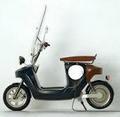

Comments by our Users
Be the first to write a comment for this item.